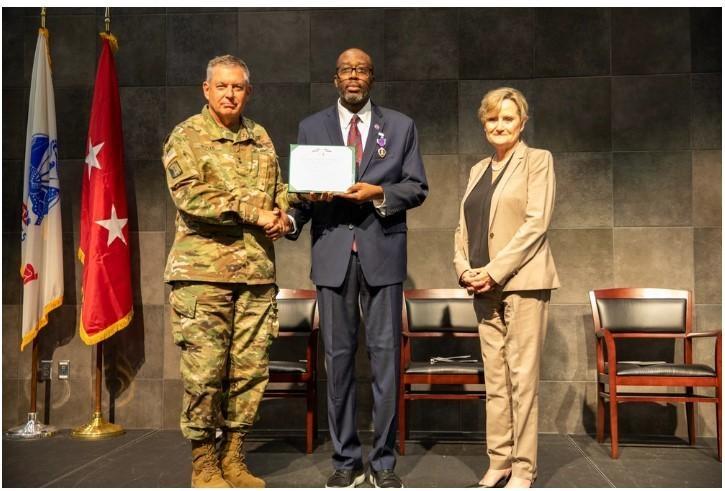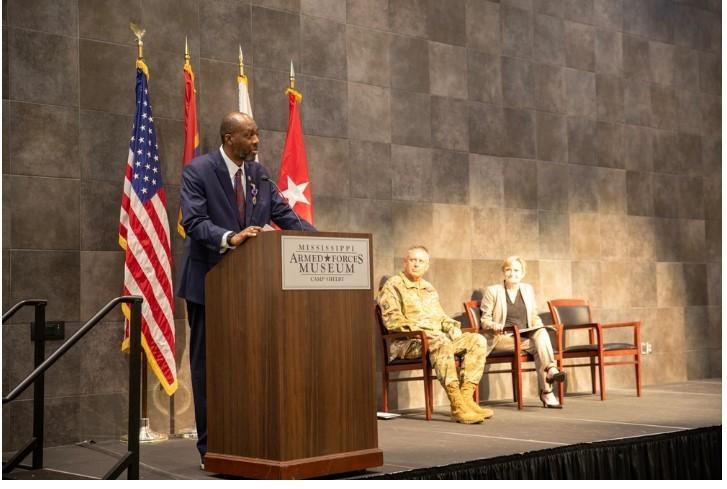While different categories of TBI’s range widely in severity and length of impact, they’re generally understood to influence or interrupt how the brain works.
A 10-year study conducted by the Armed Forces Health Surveillance Center found that the increased use of IED’s and other explosive devices in modern warfare “increases the likelihood that military personnel will be exposed to incidents that can cause TBI.”
“It’s impacted me greatly. I go to a lot of physical therapy and I have nerve damage through my body. I'm only 44 years old, but as I just age, the blast injury and the airborne injuries kind of takes its toll,” Hogan said. “But I'm thankful that we have congressional leaders that keep the V.A. fully funded. The care from the Department of Veterans Affairs is not perfect, but they work hard to try to make sure veterans are taken care of. The amount of care I need sometimes is a lot; sometimes I'm unable to walk, maybe bedridden for a day or two. And so having the VA personnel call me and if needed to go do home visits, I'm really thankful.”
Estimates from the same study believe at least 22% of wounded soldiers evacuated from both Iraq and Afghanistan had TBIs. Of those diagnosed with TBIs and evacuated to Walter Reed between January 2003 and April 2005, 56% had moderate or severe TBIs.
Born and raised in the county seat of rural Lamar County in southern Mississippi, Hogan said he initially rejected the idea of holding a pinning ceremony at all. He said he wasn’t proud of this fact, but as the first student in the Lamar County school district to graduate high school from alternative school, he’d had a troubled and at times misguided youth.
But with his mother, former teachers and fellow soldiers in attendance, the retired major reflected on how his community guided him to the sense of responsibility he feels today.
“I was just going to go about my life and just not wanting to do a ceremony or anything. And in talking to three individuals, I forgot about my journey in the military and throughout life,” he said.
Ultimately, Hogan said the ceremony wasn’t just about him, but the other veterans and service members making sacrifices for the country.
“But you have men and women right now leaving Mississippi deploying overseas, so it means a lot for them also because even though I was on the podium and the speech was about me, I thought about that way and went, ‘Yes, I need to do it’ because it's bringing attention to all service members. It reminds our leadership from the local, state and federal level, ‘okay, this is why you advocate for servicemen and women.’”





